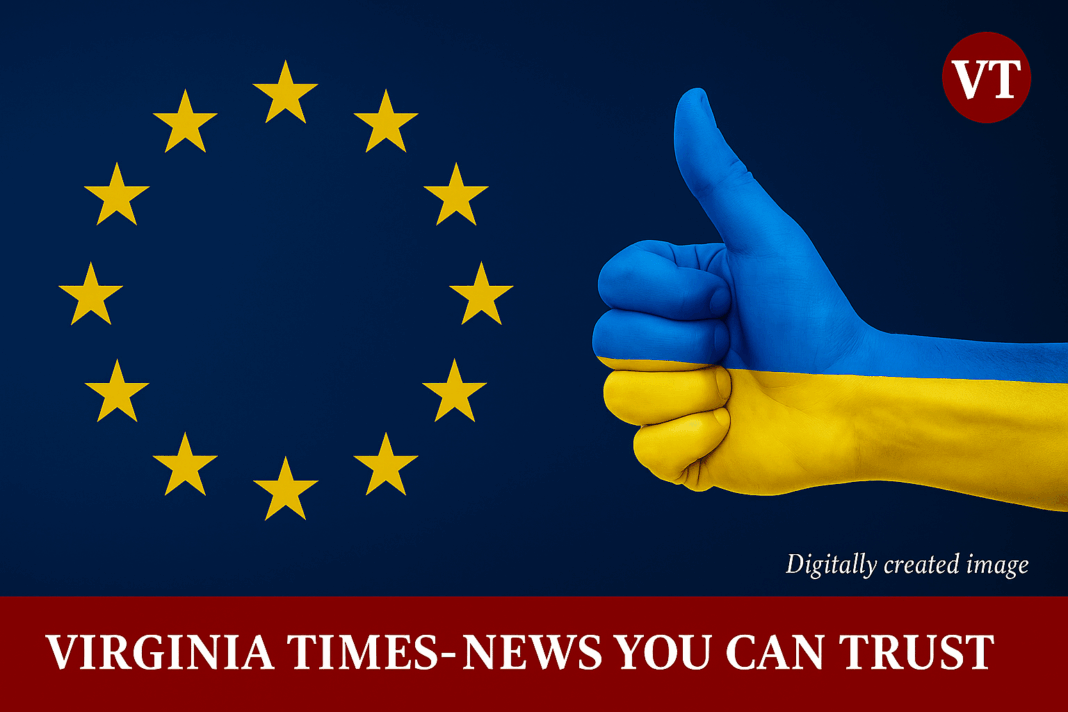In a significant push to bolster Europe’s collective defence capabilities, the European Commission announced on Monday that it will invest €910 million under the 2024 cycle of the European Defence Fund (EDF). The funding aims to close crucial capability gaps, enhance innovation, and foster collaboration across the European defence industrial base, including—for the first time—Ukraine’s defence sector.
According to the European Commission’s press statement, the selected projects target a range of strategic priorities such as force mobility, drone defence, stealth technologies, and autonomous mine-sweeping systems. The funding is part of the EU’s broader “Readiness 2030” agenda, which outlines a long-term vision for modernizing and integrating defence efforts across the bloc.
Ukraine Joins EDF for the First Time
In a historic development, Ukrainian defence industries will now be associated with EDF-backed initiatives. This milestone builds on recent outreach efforts by the EU Defence Innovation Office in Kyiv, aiming to further integrate Ukraine into the European defence ecosystem. A flagship example is Ukraine’s Small UAS project, which will focus on developing AI-powered unmanned aerial systems.
“The strengthened cooperation between Ukrainian and European defence industries reinforces shared security and innovation objectives,” the Commission stated, marking a strategic shift in EU-Ukraine defence ties amid continued geopolitical tensions in Eastern Europe.
Major Projects: Rotorcraft, Stealth, and Autonomous Minesweeping
Among the 32 selected projects, several stand out for their transformative potential:
- METASTEALTH: A disruptive innovation initiative to develop next-generation stealth materials that could revolutionize defence concealment technology.
- EUROSWEEP: A collaborative project to design an autonomous European minesweeping system aimed at neutralizing underwater threats.
- ENGRTII: Bringing together more than 45 companies and research entities, this project seeks to build the next-generation European rotorcraft by 2030.
A dedicated €45 million will support such disruptive technologies, reflecting the Commission’s aim to simplify and modernize existing defence systems with cost-effective and scalable solutions.
Focus on SMEs, Cross-Border Collaboration
The EDF continues to promote cross-border participation and innovation by small and medium-sized enterprises (SMEs). SMEs represent over 38% of all entities in the newly funded projects and are set to receive more than 27% of the total EU funding awarded in this cycle.
The 2024 call for proposals saw record interest, with 297 proposals submitted by 625 entities from 26 EU Member States and Norway. In total, 39 research projects will receive €369 million, while €539 million will be allocated to 23 capability development projects.
Supporting EU’s Strategic Technologies
For the first time, EDF funding will also contribute to the Strategic Technologies for Europe Platform (STEP)—an EU initiative focused on critical technology development. Fifteen selected call topics met STEP quality standards and have been awarded the STEP Seal, which helps attract further public and private investment.
What’s Next
The Commission will now begin negotiating grant agreements with the selected consortia, with the goal of finalizing contracts by the end of 2025. These projects are expected to play a central role in enhancing European defence readiness in the coming years.
With a total budget of €7.3 billion for 2021–2027, the EDF is Europe’s primary funding mechanism for defence research and development. It supports cutting-edge, interoperable technologies aligned with EU-wide defence priorities under the Common Security and Defence Policy (CSDP) and the Capability Development Plan (CDP).
For updates on defence, diplomacy, and European security policy, follow VirginiaTimes.com.
A global media for the latest news, entertainment, music fashion, and more.















